| Science - Astronomy Tools | ||||||||||||||||||||||||||||||||||||||||
| ||||||||||||||||||||||||||||||||||||||||
|
| Concepts - The Electromagnetic Spectrum | ||||
 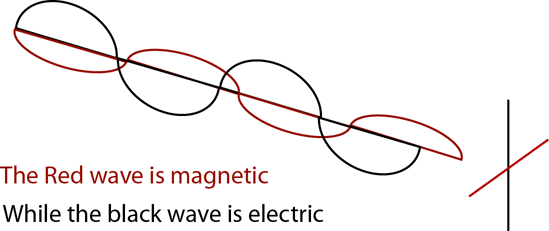 Experimenting with "Maxwellian Waves," Heinrich Hertz discovered radio waves. Wilhelm Rontgen discovered X-Rays while seemingly serendipitously experimenting with electric current through cardboard tubes with exposed film he had on the other end of the room - he saw the bones of his hand. It wasn't until Albert Einstein, winning the Nobel Prize for discovering the photoelectric effect, that the wave-particle duality of electromagnetic waves was understood. 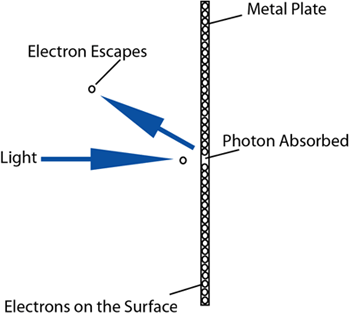 As a starting point for understanding the spectrum, visible lightcovers only a small part - 400 nanometers (blue) to 700 nanometers (red). The image below is a graph from the Chandra website demonstrating the entire electro-magnetic spectrum. Notice that only a very small portion of this spectrum (in the middle) is made up of visible light. |
| Concepts - Atmospheric Limitations |
While the entire electromagnetic spectrum allows us to view phenomenon a variety of different ways, we are limited as to what we can see - at least on Earth. Our atmosphere is a life preserving blanket of protection from particles like microwave, high energy ultraviolet and gamma rays. However, at these frequencies we can learn a lot by studying phenomenon such as accretion disks aroundblack holes and quasars - and these are best "viewed" from space.The solution is to overcome the natural limitations of our atmosphereand place tools capable of viewing high energy phenomenon in orbit around the Earth, high above the atmosphere. The image below demonstrates what we can see on Earth: 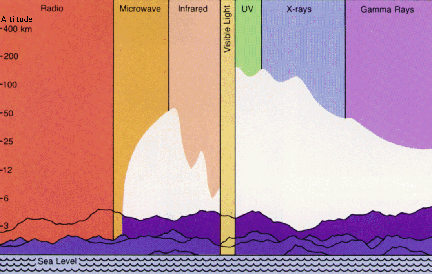 |
| Concepts - Space Observations |
While radio waves, near-infrared (near-IR), and visible light are observable from surface of the Earth, we need to introduce tools into space to observe other frequencies of the EM-band.This section will introduce: Near-IR Infrared X-Ray Ultraviolet Gamma Ray Near-IR: In order to see the small window of the near-IR spectrum from the ground, some novel approaches have been designed and implemented. Viewing of the near-IR is possible only by:
Back to Top Infrared: To view the residual IR spectrum, high altitude observatories - or orbiting satellites - are required. Another method is to observe from Antarctica - if you like the cold! There are two in-flight observatories: In addition, the following observatories are (and were) in orbit around the Earth:
X-Ray: This high-energy portion of the EM-band is only visible from space. Between 1949 to 1962, sounding rockets traveling up to 100 km above the surface would carry Geiger counters to measure X-ray emission. A sounding rocket is nothing more than a standard rocket with the Geiger counter and other related electronics housed in within the nose. By 1970, several orbiting X-ray observatories would begin capturing valuable data. These include the following observatories:
Back to Top Ultraviolet: The ultraviolet (UV) region of the EM-band allows the study of very hot, young stars. Additionally, populations of young, hot stars within the disks of spiral galaxies are within easy view of a UV telescope. This also requires satellite observatories. Here is a list of UV observatories:
Gamma Rays: Gamma rays are the highest energy radiation resulting in extremely short wavelengths. Sources of gamma rays are supernovas, neutronstars, intense gravity regions and active galaxies (galaxies with a large and active black hole at the center). Here is a list of some gamma ray satellites: |











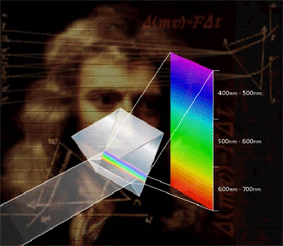
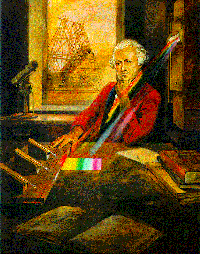

No comments:
Post a Comment